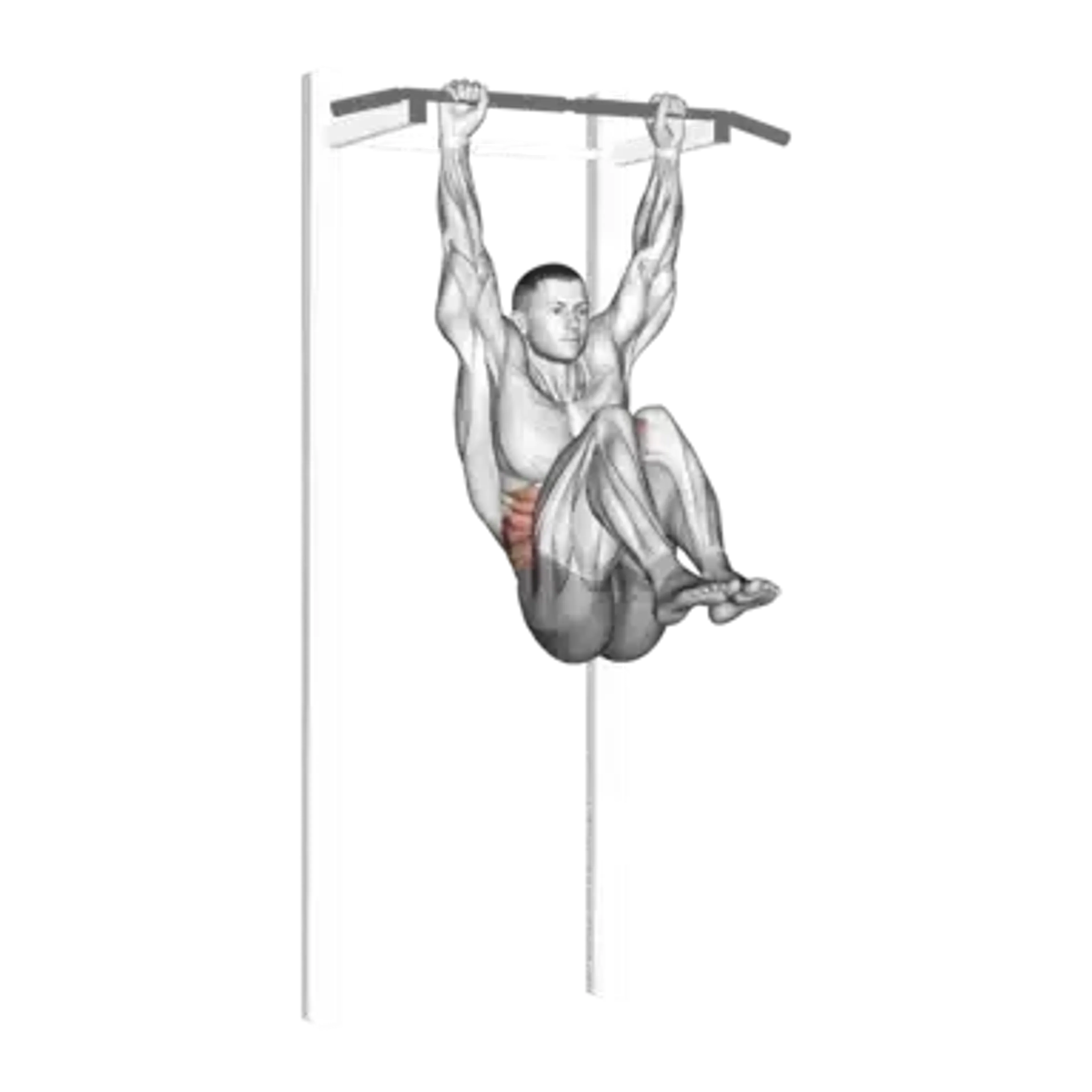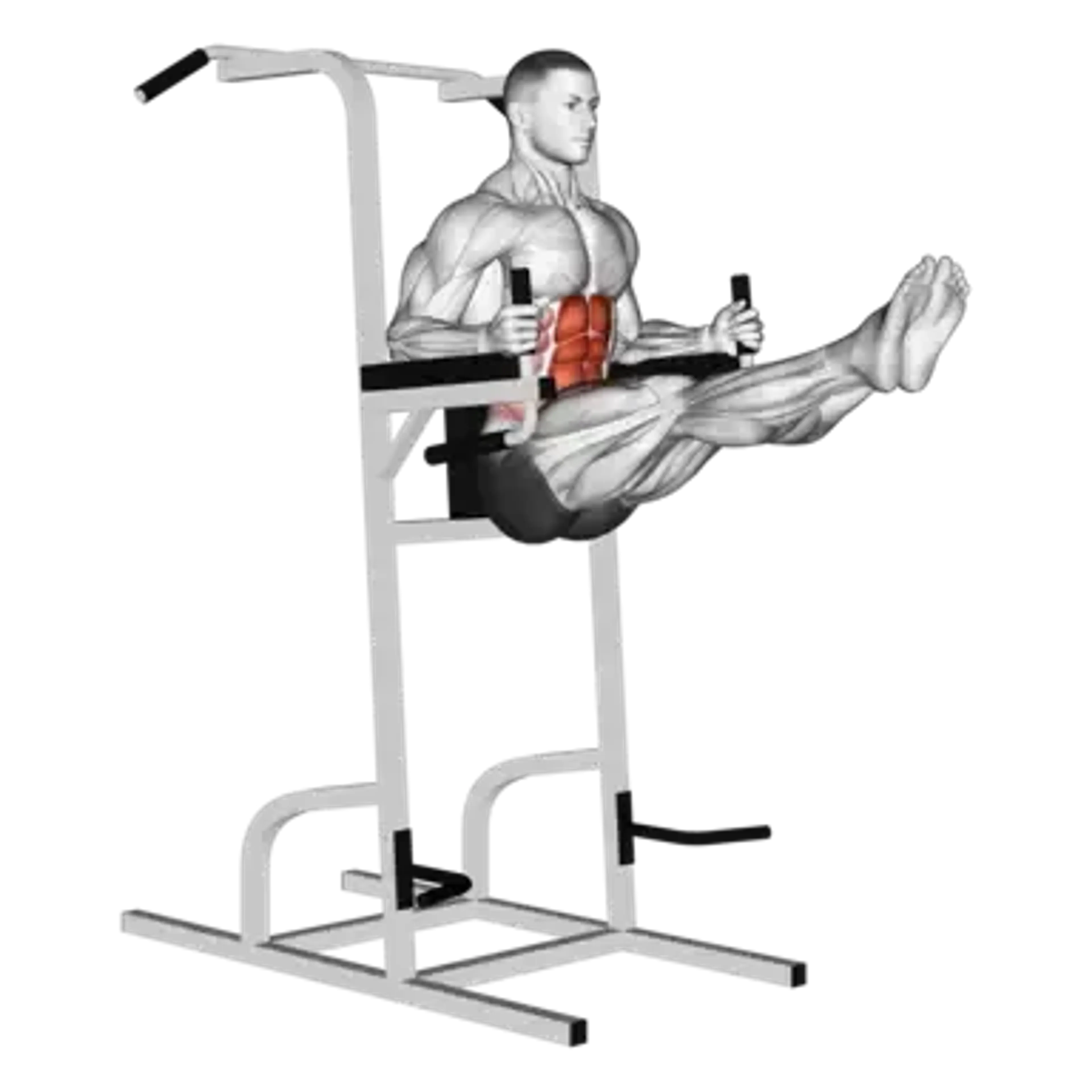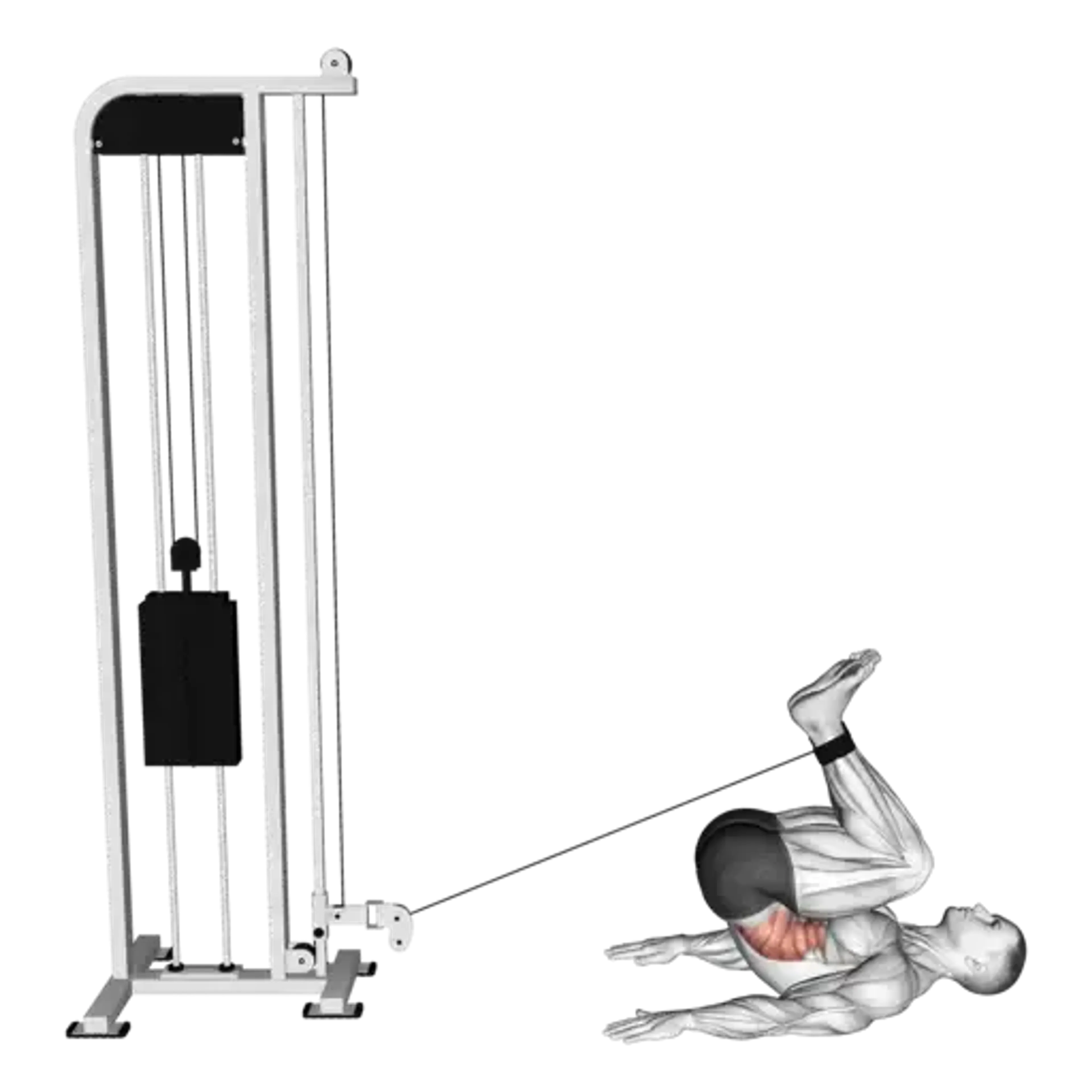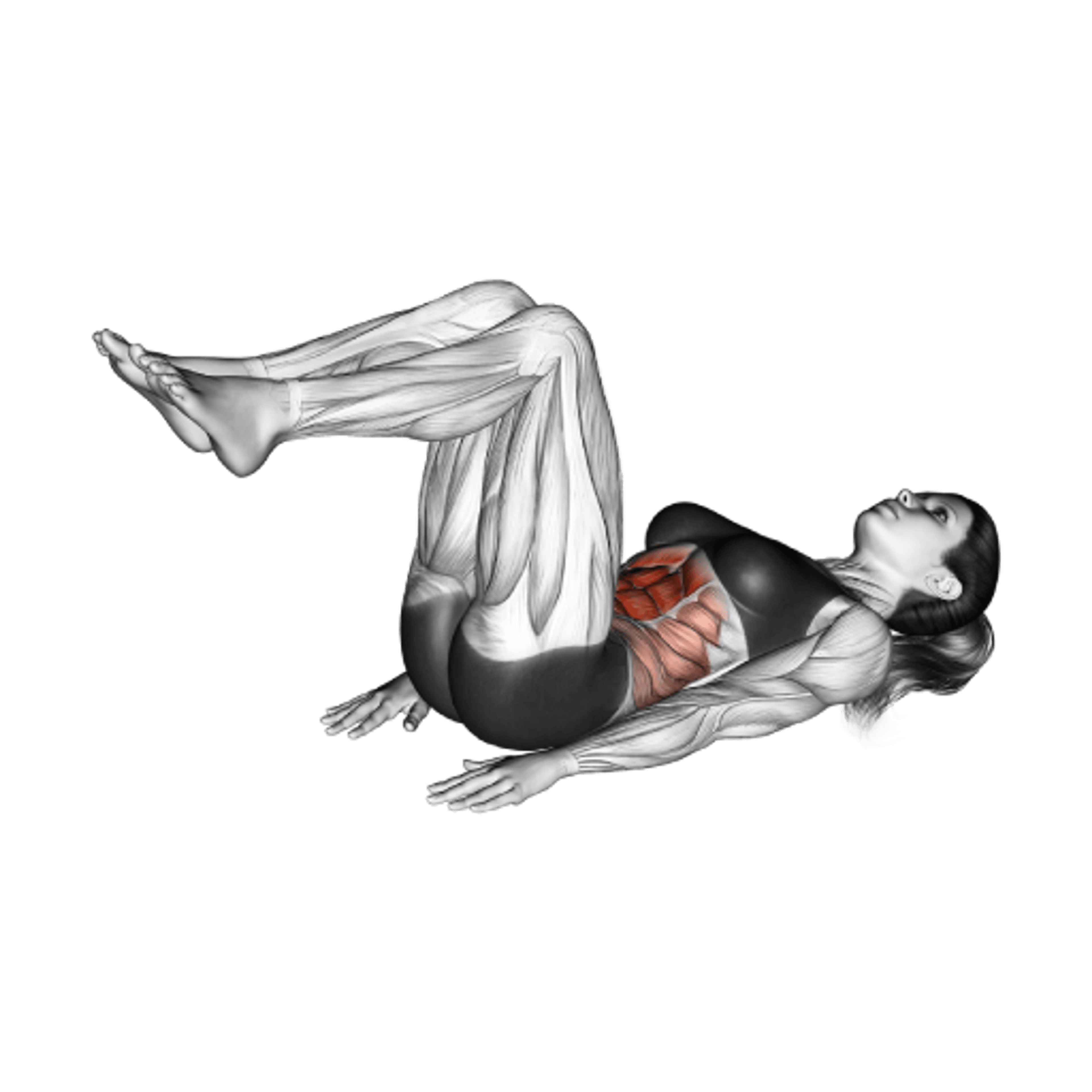Lying Knee Raise

Overview
- Primary Focus:
- Core.
- Equipment:
- Body weight.
- Difficulty:
- Beginner.
General Information
Lying Knee Raise is an isolation exercise that primarily targets the core and also engages quads. It is a beginner-level movement that teaches pelvic control and lower-abdominal tension from a supine position.
It can be done anywhere with a mat and is useful as a progression from basic bracing toward hanging raises. Keeping the low back flat biases the abs over the hip flexors and improves control at the bottom range.
Use it for hypertrophy, trunk endurance, or as a primer before compound lifts. Expect a strong contraction in the lower abs when you exhale during the curl and lower slowly under control.
Muscles Worked
- Rectus Abdominis (Lower)
- Primary
- Rectus Abdominis
- High
- External Oblique
- Medium
- Sartorius
- Low
- Rectus Femoris
- Minimal
Instructions
- Lie on your back with legs straight and arms by your sides or lightly under your pelvis for feedback.
- Brace and press your low back gently into the floor to set your rib-to-pelvis position.
- Bend knees to about 90° and lift feet off the floor, keeping shins roughly parallel to the ground.
- Exhale and curl the pelvis slightly to initiate the raise; avoid pulling mostly with the thighs.
- Pause briefly at the top with the tailbone light, keeping the low back flat and ribs down.
- Lower the legs slowly until heels hover above the floor without arching the low back.
- Reset tension and repeat for controlled reps.
Common Mistakes
Injuries
Lying Knee Raise is a low risk exercise when performed with proper technique.
Lower-back arching and neck tension are the usual issues. Keep a small posterior pelvic tilt and a neutral head position to maintain comfort and abdominal bias.
If you feel hip flexors dominating, reduce range, slow the tempo, or add a brief pause at the top. Stop and modify if you feel sharp low-back pain.
Alternative Exercises
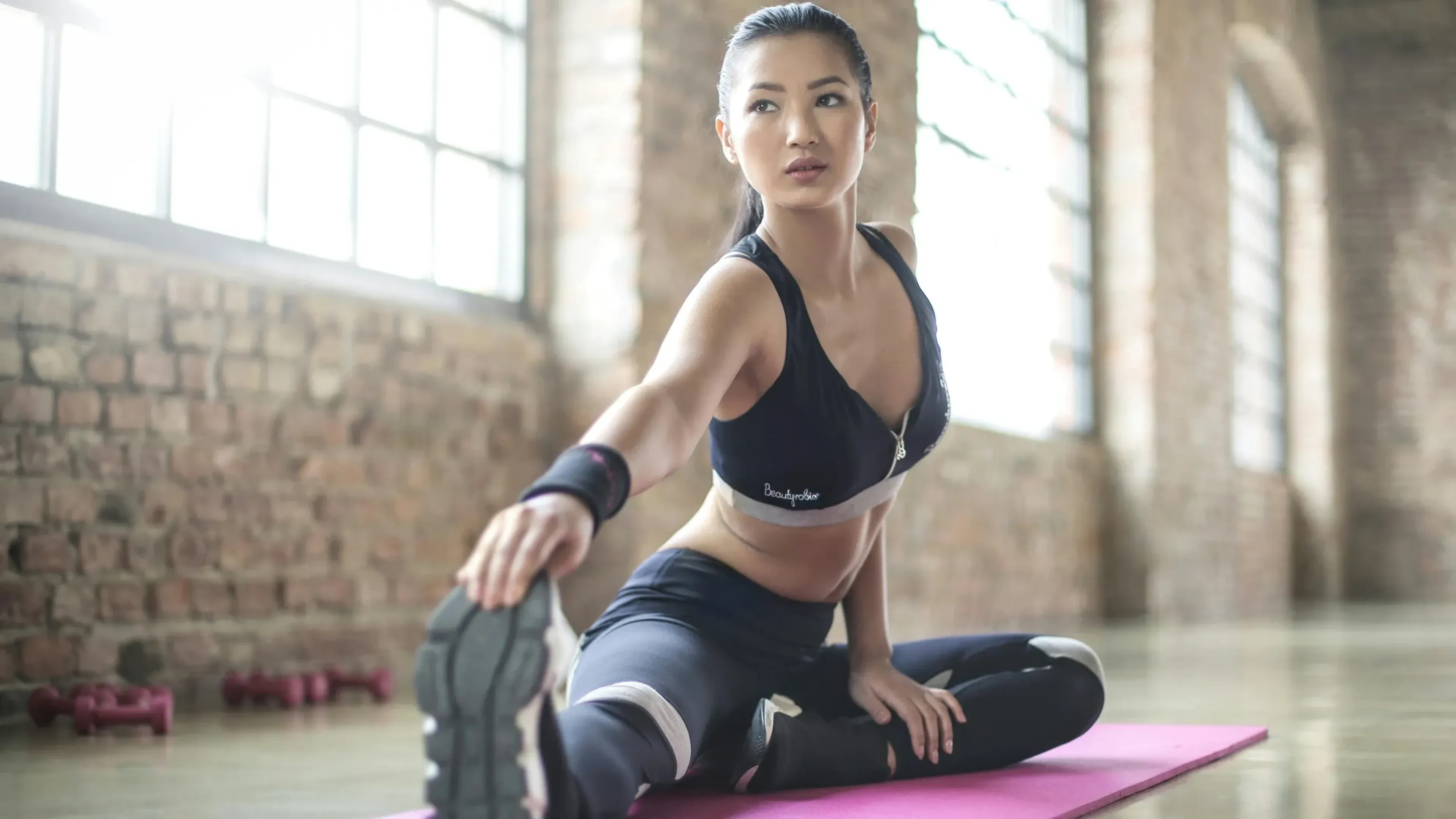
Frequently Asked Questions
- Q: Should my feet touch the floor between reps?
You can lightly tap or hover the heels. Hovering maintains constant tension and is often more effective for the abs.
- Q: How do I make it harder?
Slow the lowering phase, add a pause at the top, or extend the legs slightly to increase the lever arm while keeping the back flat.
- Q: What if my hip flexors take over?
Reduce range, think about curling the pelvis toward the ribs, and keep the low back pressed down. Shorten sets if form slips.
- Q: Is this similar to a reverse crunch?
They are closely related. The reverse crunch uses more pelvic curl and tailbone lift, while the knee raise emphasizes leg movement with a stable spine.
Overview
- Primary Focus:
- Core.
- Equipment:
- Body weight.
- Difficulty:
- Beginner.
